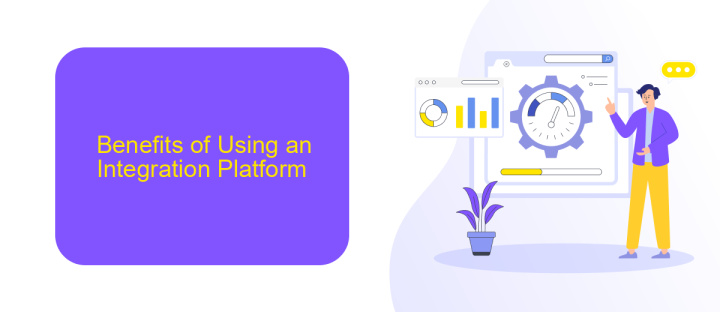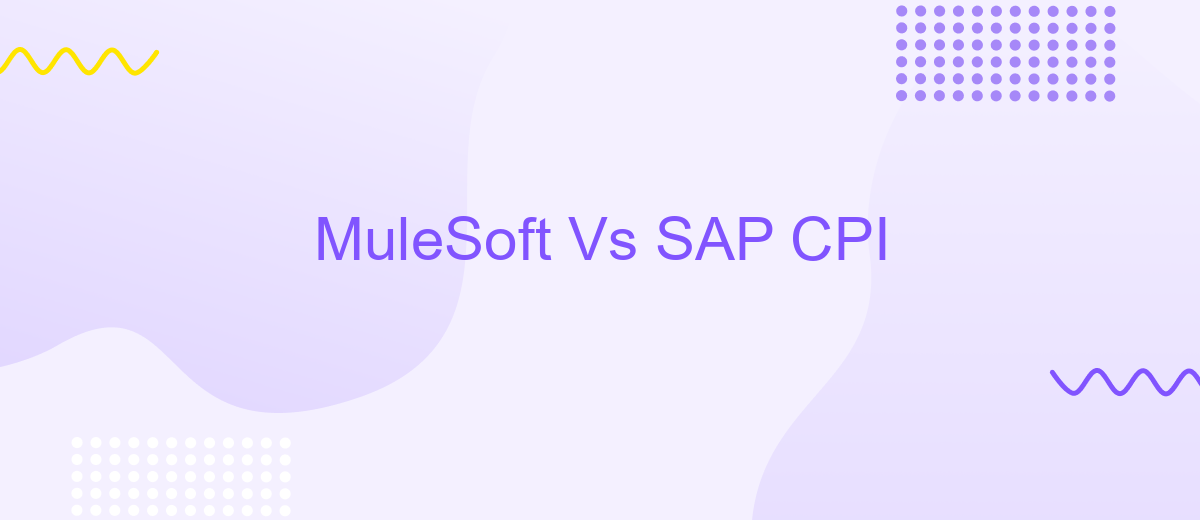MuleSoft Vs SAP CPI
In the rapidly evolving landscape of integration platforms, MuleSoft and SAP Cloud Platform Integration (CPI) stand out as leading solutions. Both offer robust tools for connecting diverse systems, applications, and data sources. This article delves into a comparative analysis of MuleSoft and SAP CPI, examining their features, strengths, and unique capabilities to help businesses make an informed decision.
Introduction
In today's rapidly evolving digital landscape, businesses are increasingly relying on integration platforms to streamline their operations and enhance connectivity between various systems. Two prominent players in this field are MuleSoft and SAP CPI, both offering robust solutions for enterprise integration needs. Choosing the right platform can significantly impact the efficiency and agility of an organization.
- MuleSoft: Known for its flexibility and extensive API management capabilities.
- SAP CPI: Renowned for its seamless integration with SAP products and cloud-based architecture.
- ApiX-Drive: A versatile service that simplifies the integration process across multiple platforms.
Understanding the strengths and weaknesses of MuleSoft and SAP CPI is crucial for making an informed decision. This article aims to provide a comprehensive comparison of these integration platforms, helping businesses identify the best fit for their specific requirements. Additionally, services like ApiX-Drive can further enhance the integration process, offering a user-friendly interface and powerful automation tools.
Benefits of Using an Integration Platform

Using an integration platform offers numerous benefits for businesses looking to streamline their operations and enhance efficiency. Firstly, it allows for seamless data flow between disparate systems, eliminating the need for manual data entry and reducing the risk of human error. This ensures that all departments are working with the most up-to-date information, leading to better decision-making and improved overall performance. Moreover, integration platforms often come with pre-built connectors and templates, which significantly reduce the time and effort required to set up integrations.
Another key advantage is the scalability and flexibility that these platforms provide. As your business grows, an integration platform can easily accommodate additional systems and processes without requiring a complete overhaul of your existing infrastructure. For instance, services like ApiX-Drive offer user-friendly interfaces and customizable workflows, making it easy to integrate various applications and automate tasks. This not only saves time but also allows IT teams to focus on more strategic initiatives, thereby driving innovation and growth within the organization.
Comparison of Features

MuleSoft and SAP CPI are two leading integration platforms that offer robust solutions for connecting disparate systems. While both platforms excel in their own right, there are several key differences in their features that make them suitable for different use cases.
- Ease of Use: MuleSoft provides a more user-friendly interface with drag-and-drop features, making it accessible for non-developers. SAP CPI, on the other hand, requires more technical expertise.
- Scalability: MuleSoft offers extensive scalability options, suitable for large enterprises. SAP CPI is also scalable but is more tailored for existing SAP environments.
- Pre-built Connectors: MuleSoft boasts a vast library of pre-built connectors for various applications, whereas SAP CPI has a more limited but SAP-focused connector library.
- Customization: MuleSoft allows for extensive customization through its Anypoint Platform, while SAP CPI offers customization primarily within the SAP ecosystem.
- Integration Services: Both platforms support integration services, but MuleSoft's Anypoint Exchange and SAP's API Business Hub differ in their offerings and ease of use. Additionally, services like ApiX-Drive can enhance integration capabilities by providing additional automation and connectivity options.
Choosing between MuleSoft and SAP CPI largely depends on your specific business needs, technical expertise, and existing infrastructure. Both platforms offer strong integration capabilities, but understanding their unique features can help you make a more informed decision.
Pricing and Licensing

When comparing MuleSoft and SAP CPI, pricing and licensing are crucial factors to consider. MuleSoft operates on a subscription-based model, with pricing tiers based on the number of APIs, connections, and data volume. This flexibility allows businesses to scale their usage as needed.
SAP CPI, on the other hand, also follows a subscription model but is often bundled with other SAP products, which can lead to higher initial costs. The pricing is typically based on the number of messages processed and the complexity of the integration scenarios.
- MuleSoft: Subscription-based, scalable pricing based on APIs and data volume.
- SAP CPI: Subscription-based, often bundled with other SAP products, pricing based on message volume.
For businesses looking to streamline their integrations, tools like ApiX-Drive can offer additional flexibility and cost savings. ApiX-Drive provides a user-friendly interface and supports a wide range of integrations, making it a valuable addition to either MuleSoft or SAP CPI implementations.
Conclusion
In conclusion, both MuleSoft and SAP CPI offer robust solutions for integration needs, each with its unique strengths and capabilities. MuleSoft stands out for its extensive API management and developer-friendly tools, making it a strong choice for organizations that prioritize flexibility and a wide range of integration possibilities. On the other hand, SAP CPI excels in seamless integration with SAP ecosystems, providing a more streamlined and efficient approach for businesses heavily invested in SAP technologies.
When choosing between the two, it's crucial to consider your organization's specific requirements and existing infrastructure. For those looking to simplify the integration process further, services like ApiX-Drive can be invaluable. ApiX-Drive offers a user-friendly platform to automate and manage integrations effortlessly, bridging the gap between different software systems without the need for extensive coding. Ultimately, the best choice will depend on your unique business needs and the complexity of your integration projects.


FAQ
What are the key differences between MuleSoft and SAP CPI?
Which platform is better for integrating non-SAP applications?
What are the pricing models for MuleSoft and SAP CPI?
Can I use third-party services to set up integrations on these platforms?
Which platform offers better support and community resources?
Apix-Drive is a simple and efficient system connector that will help you automate routine tasks and optimize business processes. You can save time and money, direct these resources to more important purposes. Test ApiX-Drive and make sure that this tool will relieve your employees and after 5 minutes of settings your business will start working faster.

